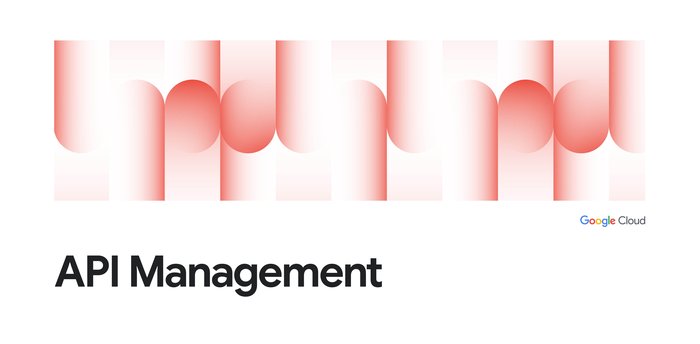API Team Best Practices: The API Product Manager & the API Architect
Michael Endler
AI Editor
How do you help instill a customer-centric way of thinking for building and managing APIs? How do you operationalize rapid delivery of APIs that empower developers? How do you create an API program that evolves to meet customer needs and holds strong in a world with ever-changing innovations and fierce competition?
Answering these questions starts with the API team. Every organization’s team looks a little different, but in working with hundreds of customers, we’ve found a set of roles that are common to many. In this first post in a short series about the characteristics and best practices of API teams, we’ll describe two key members of the team: the API product manager and the API architect.
Why build an API team?
Many enterprises might not have an established API team or even an API product manager—even if they are already developing APIs. At some organizations, it might not make sense to have a centralized team. In some enterprises, the makeup of the API team and the enumeration of responsibilities may change as the business evolves, starting with less centralization and gradually shifting into a dedicated unit with more precisely defined roles.For some, this might be the first time they’ve heard the concept of an API team and the role of the API product manager. No matter where you stand, it’s critical to find and organize the resources needed to execute on the roles and responsibilities that live within the API team.
Whether that manifests as an organizational unit or a loosely coupled group of people from across different teams, the team is responsible for understanding the needs of customers—and helping the enterprise deliver on the promise of managing APIs as products that will provide developers with the tools they need to create breakthrough experiences for end users.
The API team manages APIs across their entire API lifecycle, including productization and, in some cases, monetization. API product managers are at the heart of managing, supporting, and optimizing the team’s workflows—they are the engine that keeps the process of new releases, iteration, and customer obsession running. This requires understanding and implementing best practices and recommendations across each stage of the API lifecycle.


The API product manager
The API product manager is responsible for putting the cross-functional conversations and activities in place to help an organization develop its vision for API products. The manager turns this vision into action by managing each stage of the API product lifecycle, prioritized by API consumption data and other feedback from API consumers and customers.The product manager is the subject matter expert of the API product, deeply understands its technical specifications and benefits, and can effectively communicate those benefits to others—including colleagues and executives on the business side of the enterprise. Depending on the organization, their responsibilities may include running scrum meetings, prioritizing a features backlog, defining the right KPIs, preparing partner presentations, or helping launch the API into wider ecosystems.


The API architect
Like the architect that drafts the plans for a house, the API architect is responsible for planning, designing, and reviewing the construction of APIs. They guide the creation of APIs and the development and testing required to meet the highest standards in API design. Architects should clearly understand the difference between API products designed for consumption and API products designed for exposure. They might be responsible for understanding the details of underlying systems or liaising with back-end teams that do. Their work should reflect an understanding for how it affects other members of the API management team as well as the developers consuming the API.Coming up next, we’ll explore three more key roles on the API team: the API developer, the API evangelist, and the API champion.
Want to learn more about managing APIs as products? Download our eBook, The API Product Mindset



